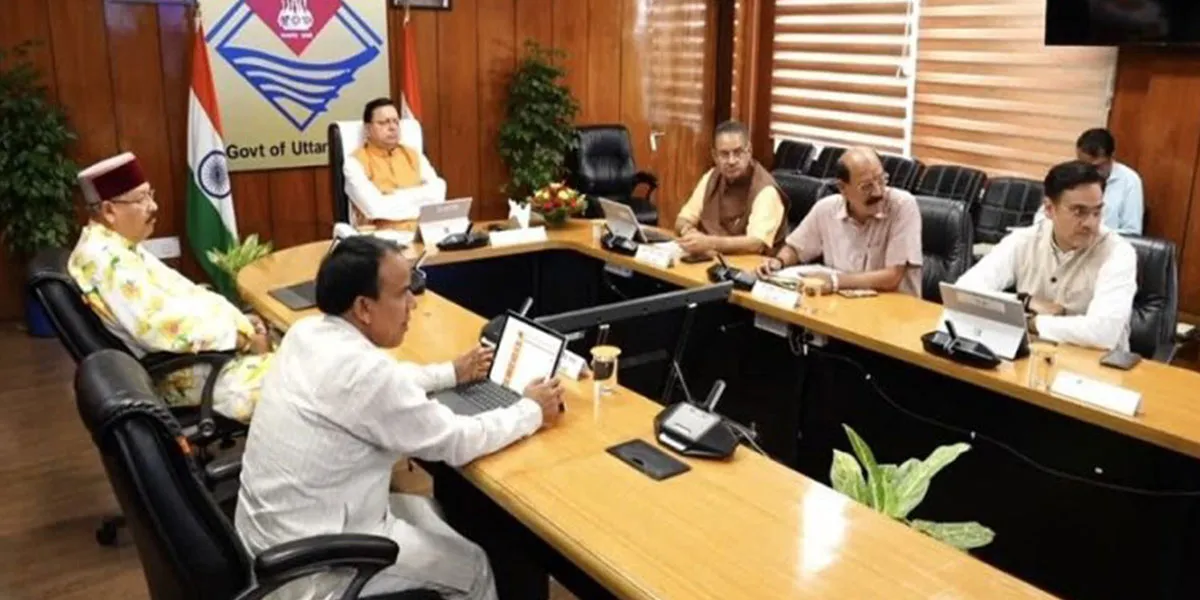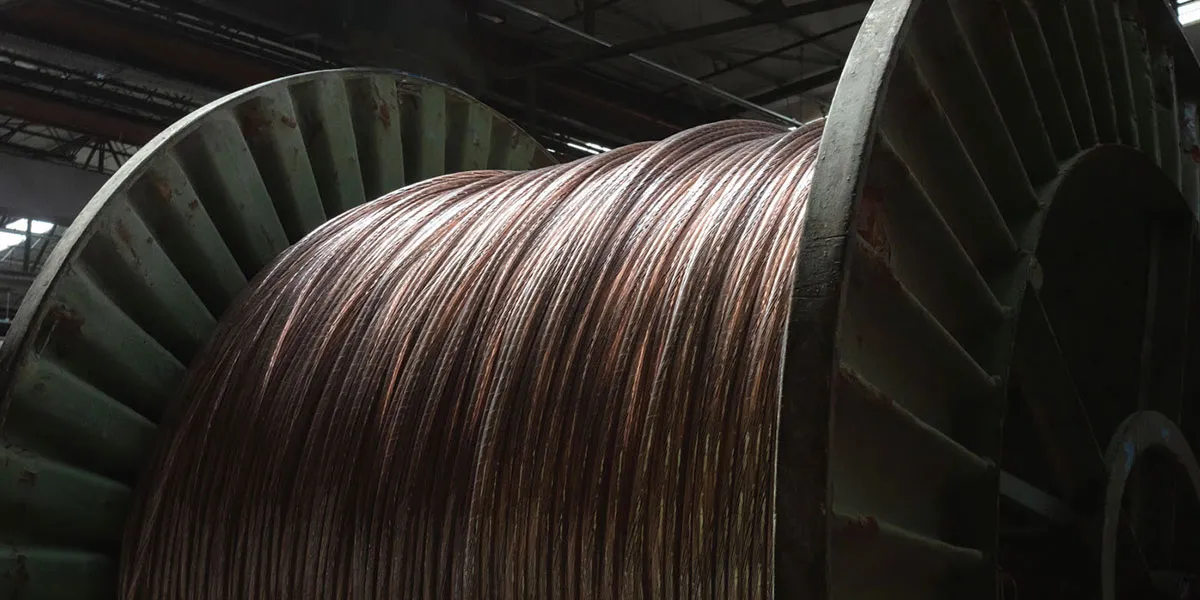Photo: For representational purpose
It is not just an alarm bell but a veritable siren. According to the UN, the global economy could shrink by up to 1 per cent in 2020 because of the Coronavirus pandemic, a reversal from the previous forecast of 2.5 per cent growth. A global recession is looming and the impact can only be mitigated somewhat by resumption of economic activity. Intrinsic to this is construction.
The COVID-19 pandemic and the subsequent lockdown has compounded India’s growth woes. The economy is facing external risks such as weak global demand, supply disruptions global financial shocks, reduced discretionary spending and a delayed capex cycle.
CARE Ratings, in a recent report, has revised its GDP growth projections for FY2021. “GDP forecasts for FY2021 are unique as they would be varying depending on the evolving situation and the assumptions being made on the recovery process in the country. This is so as the explanatory factors, ie, the extension of lockdown and the quantum of economic activity permitted is unknown and has to be assumed,” said the report. In May, the ratings agency had projected a decline in GDP growth of 1.5-1.6 per cent on the assumption that the lockdown would be ending by the month end and that the recovery process will be gradual and be calibrated across sectors with the second half being closer to normal.
However, given that the nation is into a lockdown for July too with several restrictions on resumption of services in particular as well as movement of people, the cut-off date for normalcy will spread into the latter part of the third quarter and more likely to the fourth quarter.
CARE Ratings’ assumption now is that 2/3 of the economic sectors would broadly be operating at 50-70 per cent capacity by end Q3 and the balance may not even reach this state this year. In particular, services like hospitality, tourism, entertainment, travel would take a much longer time pan India to resume anywhere close to normal with interstate restrictions being the norm for the next quarter or so. The restriction on movement of people translates into fall in demand for goods and services and further exacerbates the low-consumption growth syndrome that pervaded for three years now. Job losses and pay cuts will add to the stickiness in spending even during the festival time. “It is assumed that good rural income cannot compensate for this loss of purchasing power which is topped with uncertainty. Also, in this scenario a direct fiscal stimulus has been ruled out for the year,” said the CARE Ratings report. If, however, there is a surprise package, then the forecast could change, it added. “Under these assumptions, our forecast for GDP growth is now -6.4 per cent for FY2021 with GVA (de)growth estimated to be around -6.1 per cent.”
Further, the report has forecasted a -6.5 per cent degrowth in the services sector including construction; a -9.5 per cent in the secondary sector – which includes manufacturing, mining, electricity; and 2.5 per cent in the agriculture sector.
In construction, particularly, the continuing lockdown, labour issues and supply chain disruptions are expected to degrow the sector. In general, the pandemic and subsequent nationwide lockdown disrupted the growth of infrastructure companies for FY2020. It is estimated that 85 per cent of infra companies expect a substantial hit to revenues of about 55-65 per cent in the April-June quarter.
Speaking specifically of the construction sector, the COVID-19 pandemic has created disruptions in the regional, domestic and overseas supply chain and resourcing, including availability of labour, plant, machinery, materials and capital.
While the government has allowed construction of roads in rural belts and irrigation and renewable energy projects in virus-free zones or regions with no positive cases in the preceding 28 days from April 20, construction companies face challenges in arranging transportation and accommodation for labour, maintaining social distancing at construction sites, obtaining clearances from district officials for intra and inter-district projects, and ensuring raw material availability. Industries such as transportation, quarrying, steel, cement and forging need to be up and running to meet the raw material requirements of the construction sector. Add to this, workforce issues and the need for permits and clearances in place before construction can resume.
Thus, the sector is likely to take some time to return to normalcy even after the lockdown is lifted. The bulk of construction activity , therefore, is likely to resume only in the third quarter of this fiscal.
In a webinar conducted by CW and Infrastructure Today on Will PM Modi's economic package revive Indian businesses? , Pratap Padode, Editor-in-Chief, pointed out that as per the Economic Survey, the time just before this shows that our sectors were failing, be it agriculture, industry, services...our GDP was plunging downwards. The credit to MSMEs and large industries has gone downwards. Because of COVID, we now have lower imports and exports. The PMI index has really crashed because there was no industrial activity after the middle of March. At the time this webinar was held in May too, Madan Sabnavis, Chief Economist, CARE Ratings, noted that for 2019-20, a positive growth number was projected in the GVA, which will definitely move into the negative territory. “The entire real-estate and construction sector has been deeply impacted, primarily on account of the large-scale labour migration.”
Evidently, fiscal benefits need to be infused to hold the economy!




















